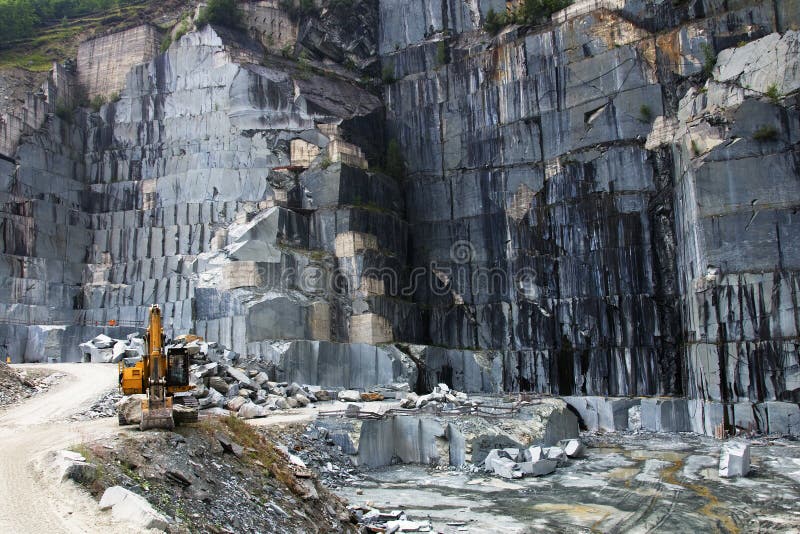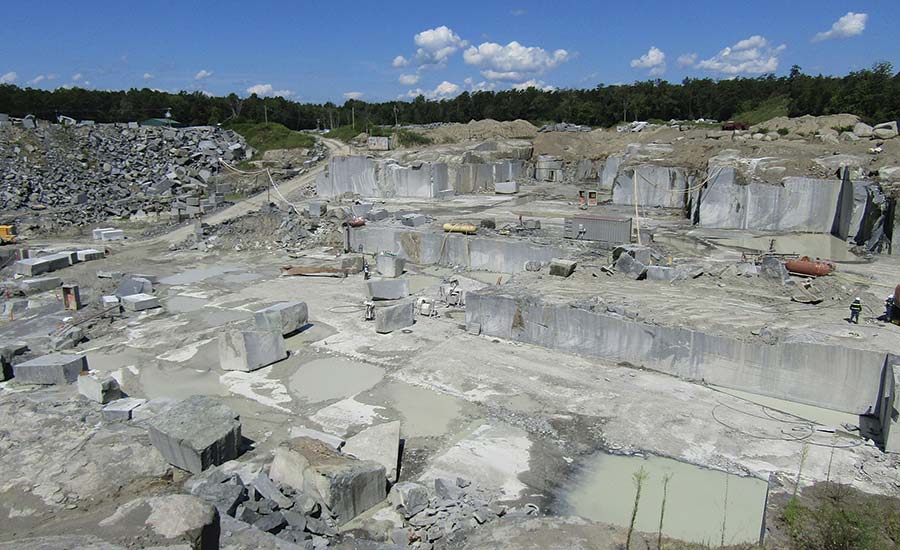A Journey Via Granite Quarries in South Africa: Introduction Nature's Creativity
A Journey Via Granite Quarries in South Africa: Introduction Nature's Creativity
Blog Article
Unearthing the Rich Background and Lasting Practices of Granite Quarrying
As we base on the precipice of uncovering the elaborate tapestry of granite quarrying, a journey through time reveals not just the physical act of removing stone yet additionally the cultural and historic importance woven right into the really textile of this technique. From the ancient beginnings that laid the structure for modern quarrying methods to the sustainable techniques that are shaping the future of this market, each carve mark on granite surface areas tells a story waiting to be uncovered (granite quarries in south africa). The legacy of granite quarrying stretches much past mere extraction; it is a testimony to human resourcefulness, resilience, and the enduring appeal of this stunning rock
Ancient Origins of Granite Quarrying
Going back to old human beings, the practice of quarrying granite has been an indispensable part of human history and architectural improvement. The earliest proof of granite quarrying go back to old Egypt, where massive pyramids and elaborate sculptures were crafted from this durable stone. The Egyptians utilized primitive devices to remove granite blocks from quarries, showcasing the relevance of this product in their monumental constructions.
Progressing in history, the Greeks likewise made significant payments to the quarrying of granite. The Greeks utilized granite in numerous building wonders, such as holy places and statues, demonstrating their skill in shaping and carving this hardy stone. The Romans further improved the strategies of quarrying granite, using innovative devices like blades and hammers to essence and form granite for their iconic frameworks.
Via the centuries, the technique of quarrying granite has actually advanced, with contemporary innovations improving efficiency while maintaining the classic allure of this natural rock - granite quarries in south africa. From old human beings to modern building contractors, the heritage of granite quarrying proceeds to shape our world
Evolution of Quarrying Strategies
The evolution of quarrying strategies has been noted by a continuous development towards better efficiency and accuracy in extracting granite. Early quarrying methods entailed hand-operated labor with standard tools such as knives, hammers, and wedges to extract granite blocks from the planet.
In even more recent times, the introduction of equipment revolutionized the quarrying market, making it possible for faster extraction prices and raised efficiency. Technologies such as ruby cord saws, high-pressure water jets, and pneumatic drills have come to be basic in contemporary quarries, permitting for accurate cutting and minimized waste. Additionally, advancements in computer-controlled devices and 3D modeling have actually maximized quarrying procedures, leading to very little environmental effect and boosted sustainability techniques. As the demand for granite continues to increase, the read this development of quarrying methods stays important to conference market requires effectively and sustainably.
Cultural Value of Granite
Granite holds an extensive social relevance across various worlds as a result of its enduring presence in building masterpieces and admired monoliths. From the impressive pyramids of Egypt to the intricate carvings of the Angkor Wat temple in Cambodia, granite has been a material of selection for revealing majesty and long life in cultural heritage. In ancient Rome, granite columns embellished holy places and public structures, representing strength and durability. The cultural importance of granite prolongs past its physical features; it symbolizes resilience, security, and eternity, making it a sign of enduring heritages and customs.

Lasting Practices in Quarrying
Among the rich history of granite quarrying and its social value exists a growing emphasis on lasting practices within the sector. As ecological awareness and issues about source depletion have actually increased worldwide, the quarrying sector has actually increasingly welcomed sustainable approaches to lessen its effect on the environment and bordering neighborhoods.

Furthermore, reclamation and rehabilitation of quarry websites post-extraction are integral to sustainable techniques. By recovering quarried locations to an all-natural or valuable state, such wikipedia reference as developing wild animals environments or entertainment areas, quarriers can balance out the environmental footprint of their operations and contribute favorably to the neighborhood ecological community.
Heritage of Granite Quarrying
With a historic backdrop steeped in workmanship and commercial development, what enduring impact has granite quarrying left on the landscape of modern-day culture? The tradition of granite quarrying goes beyond simple extraction practices; it has content actually formed architectural marvels, urban landscapes, and social heritage worldwide. The long lasting nature of granite has made it a preferred selection for monuments, buildings, and framework, standing as a testimony to the skill and virtuosity of quarry employees across generations.
Moreover, the financial footprint of granite quarrying can not be overlooked. The sector continues to provide job opportunity and drive local economies in areas where granite extraction is widespread. It has additionally spurred technological advancements in quarrying methods and equipment, bring about much more reliable and sustainable techniques.
In terms of sustainability, the heritage of granite quarrying consists of efforts to alleviate ecological impacts with recovery projects and accountable source management. By stabilizing economic rate of interests with ecological stewardship, the sector strives to make sure that future generations can remain to gain from this enduring natural deposit.
Verdict

Report this page